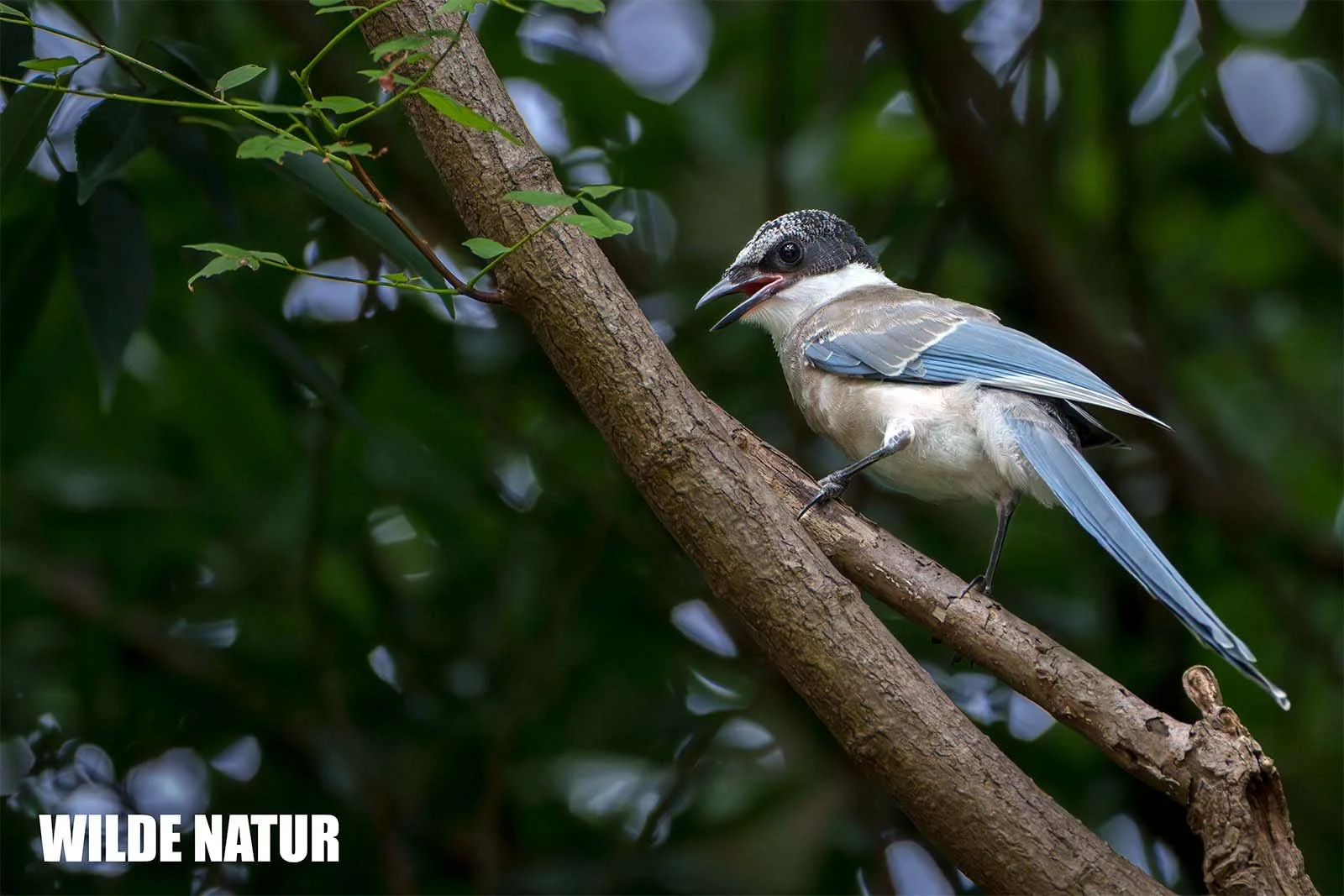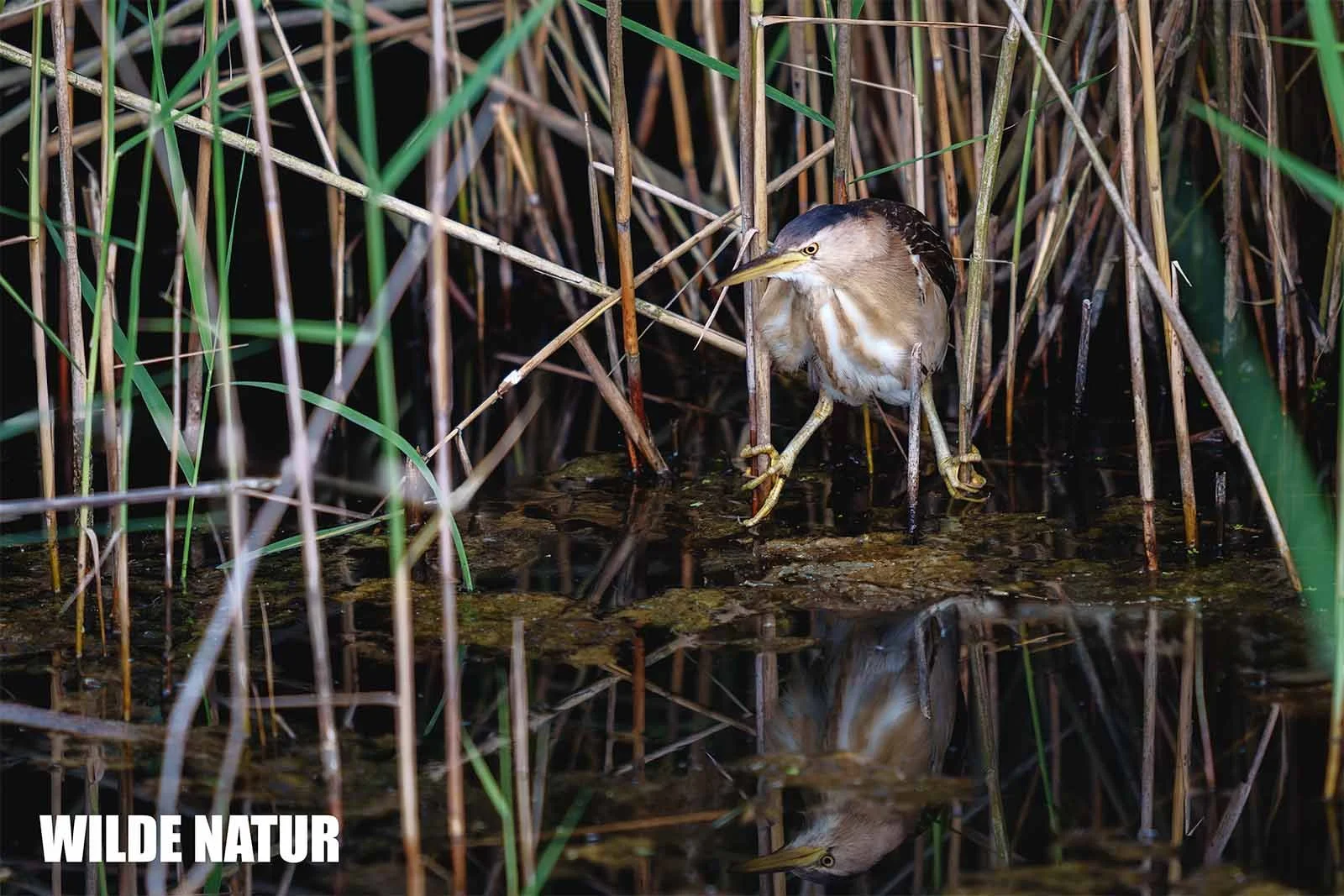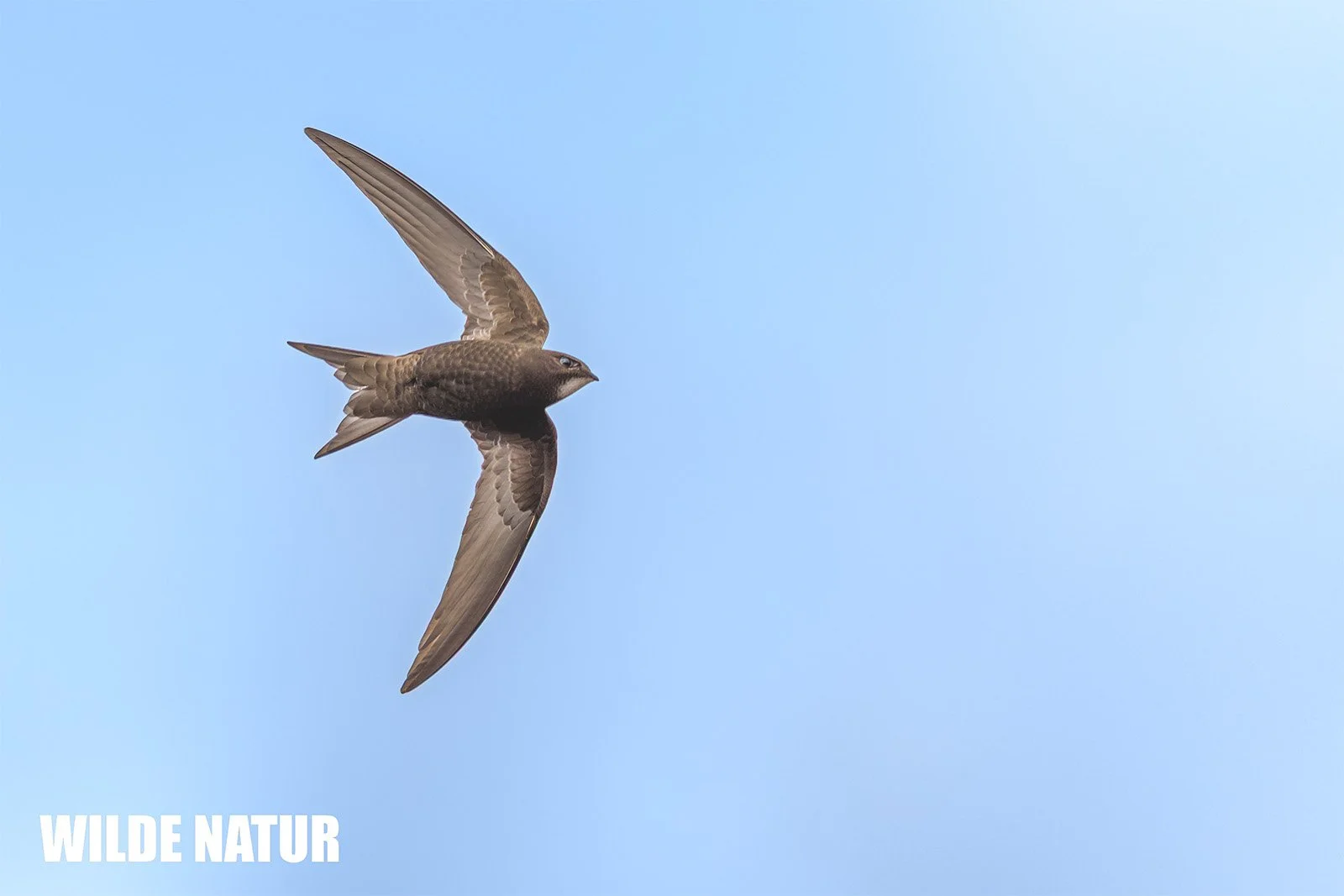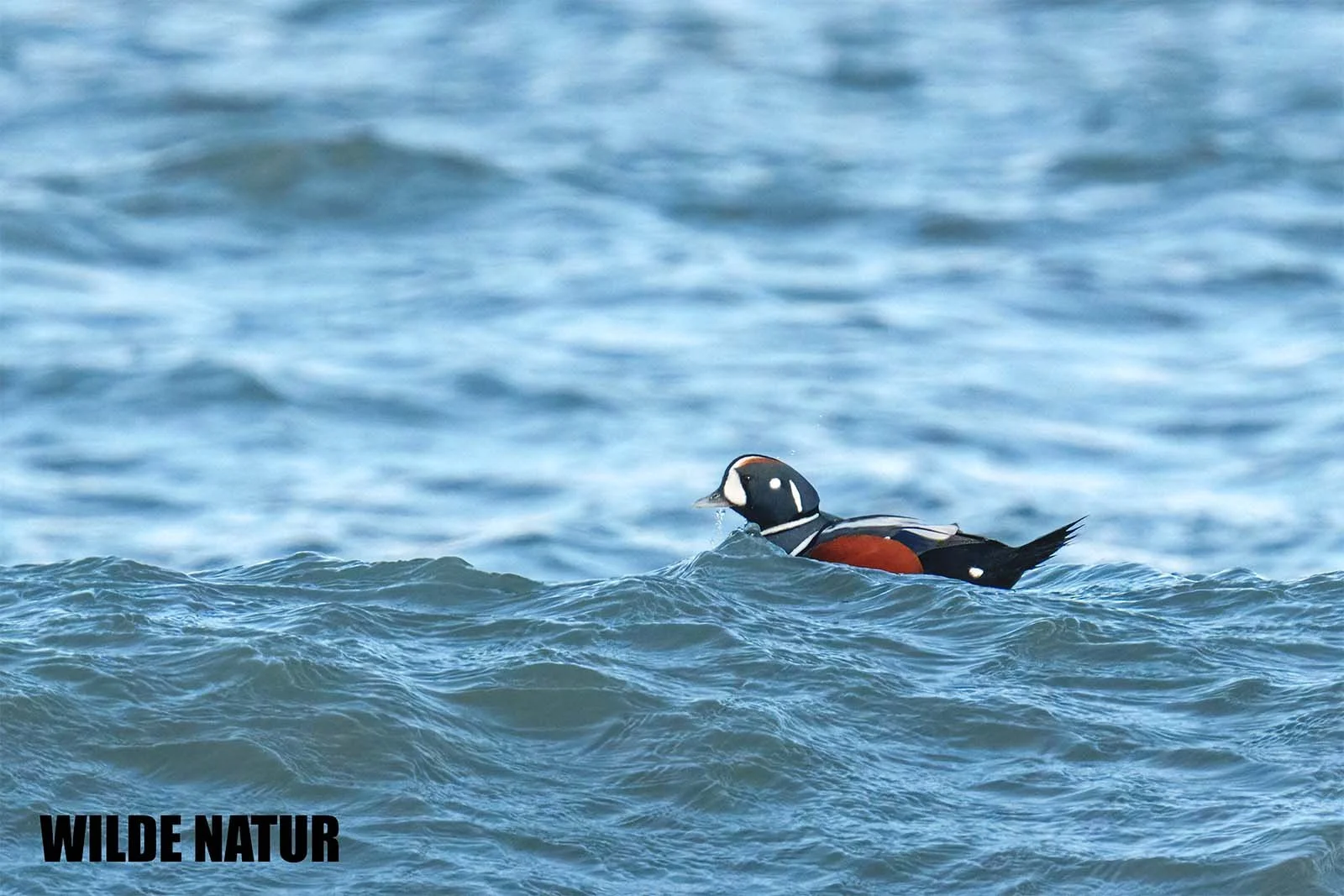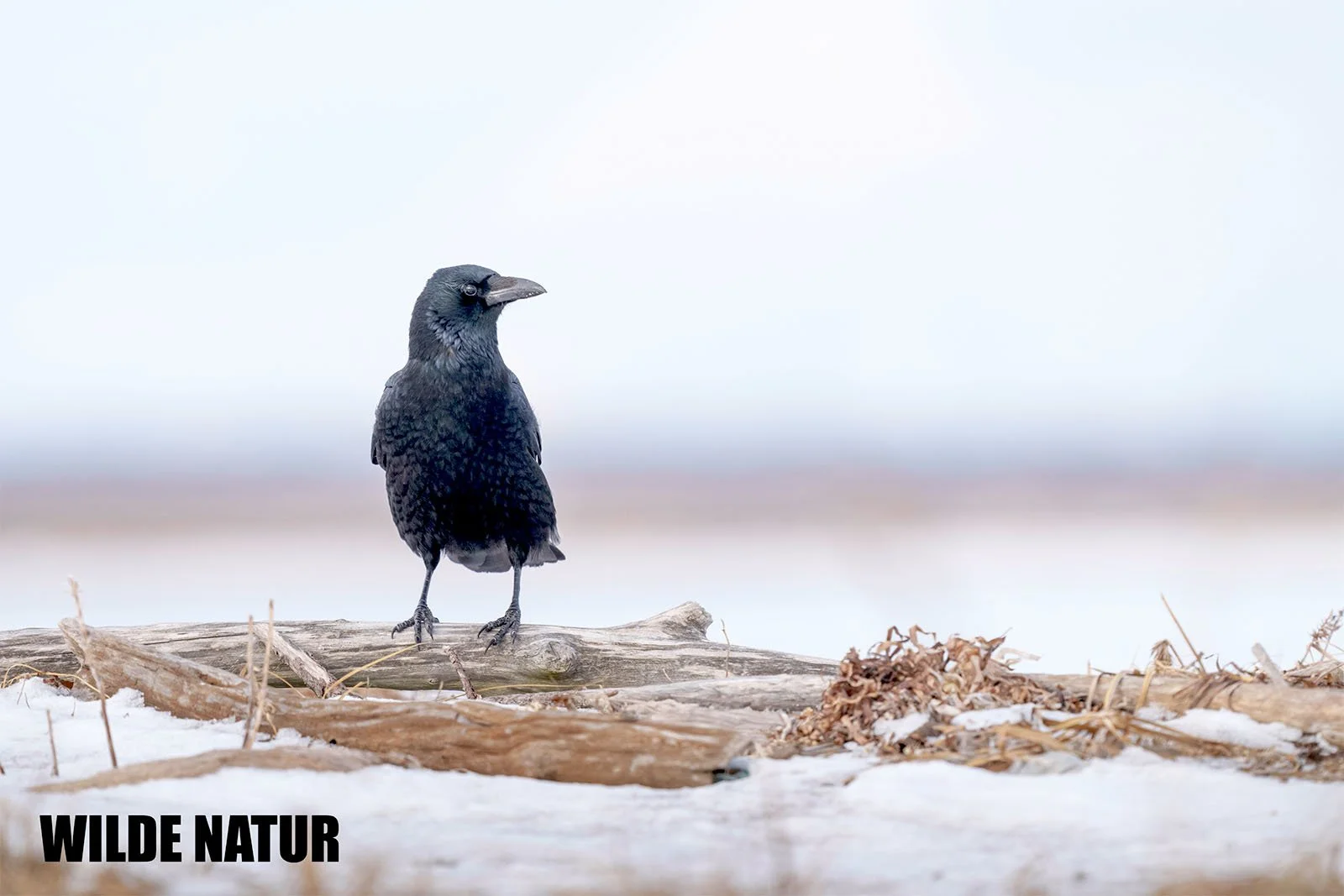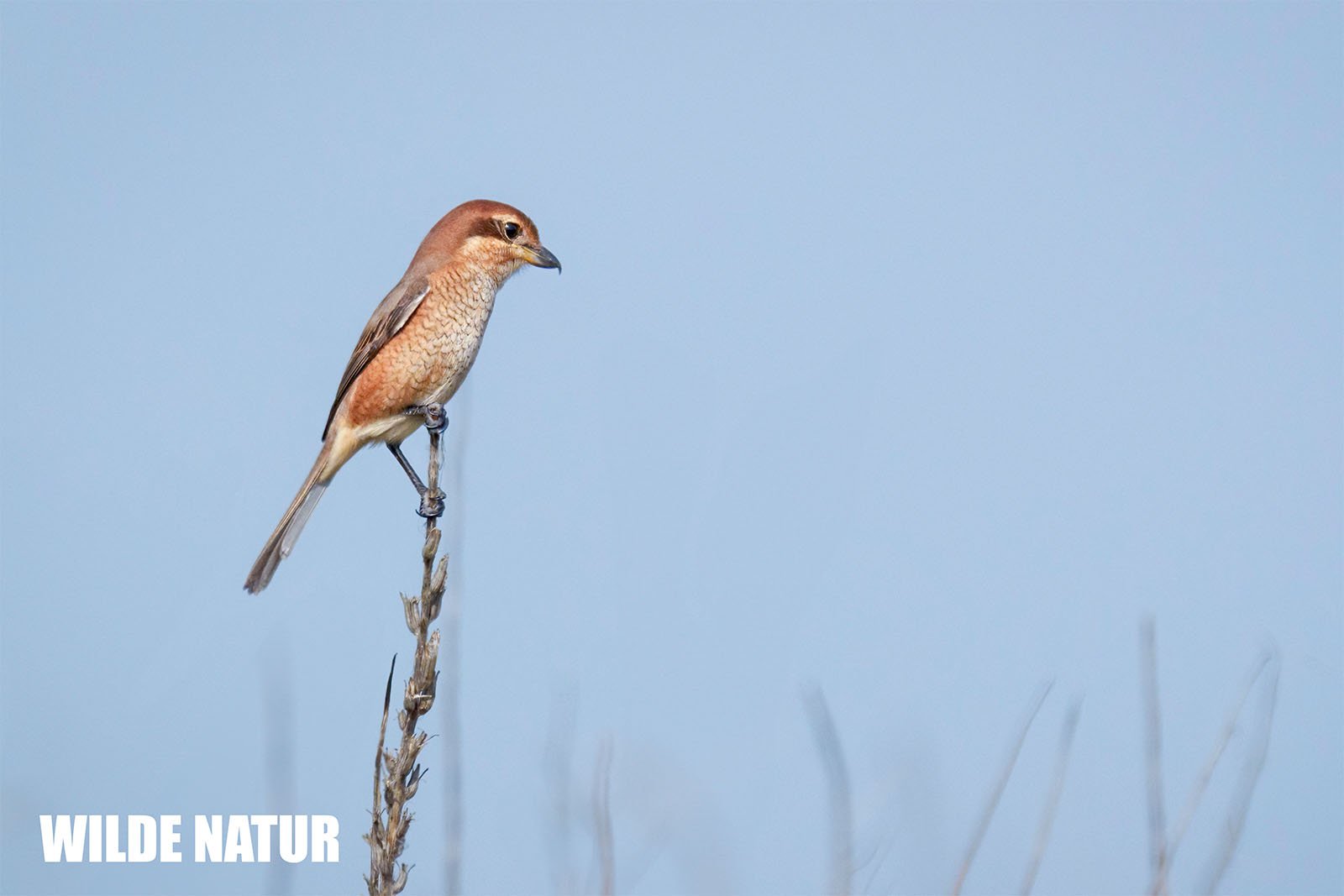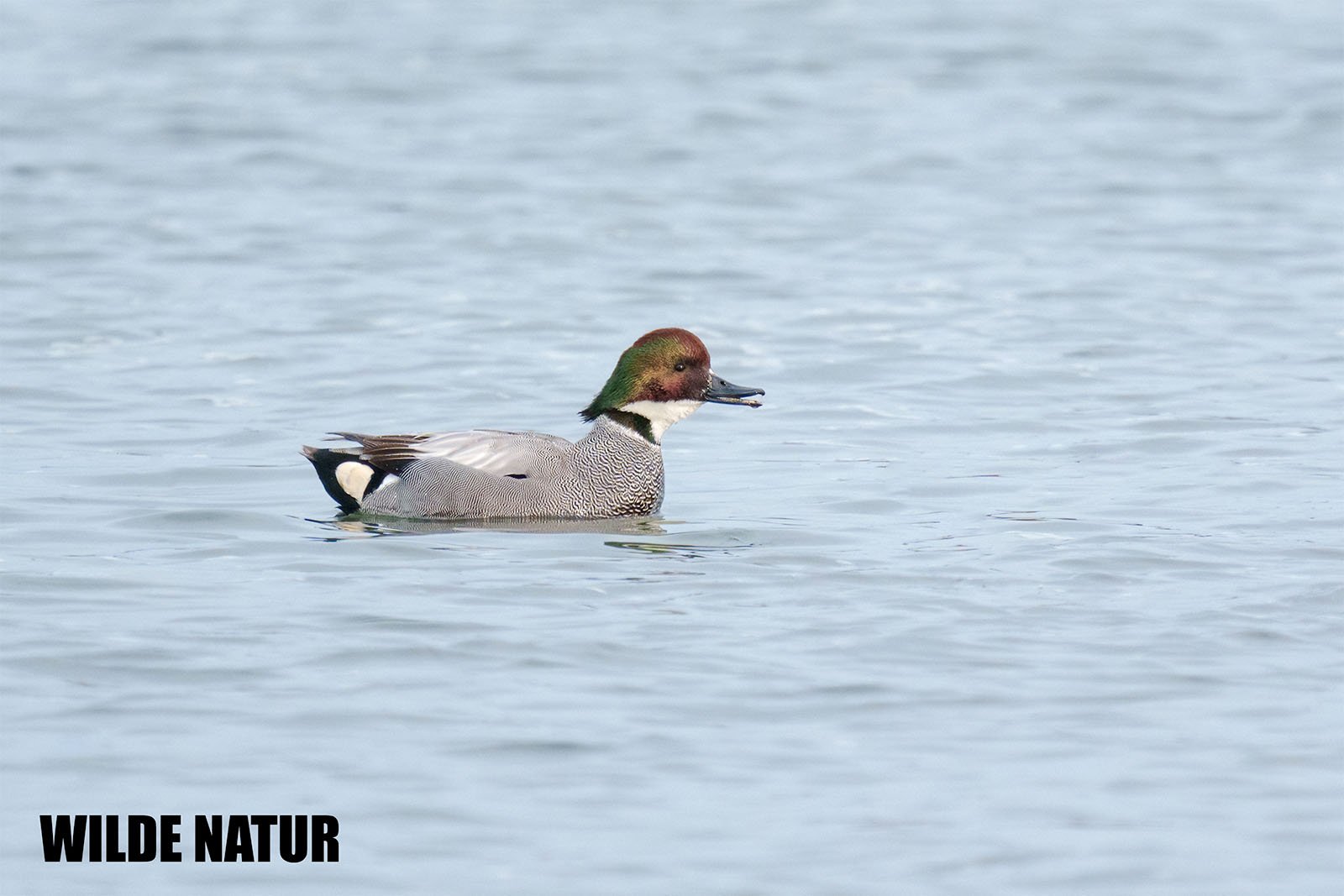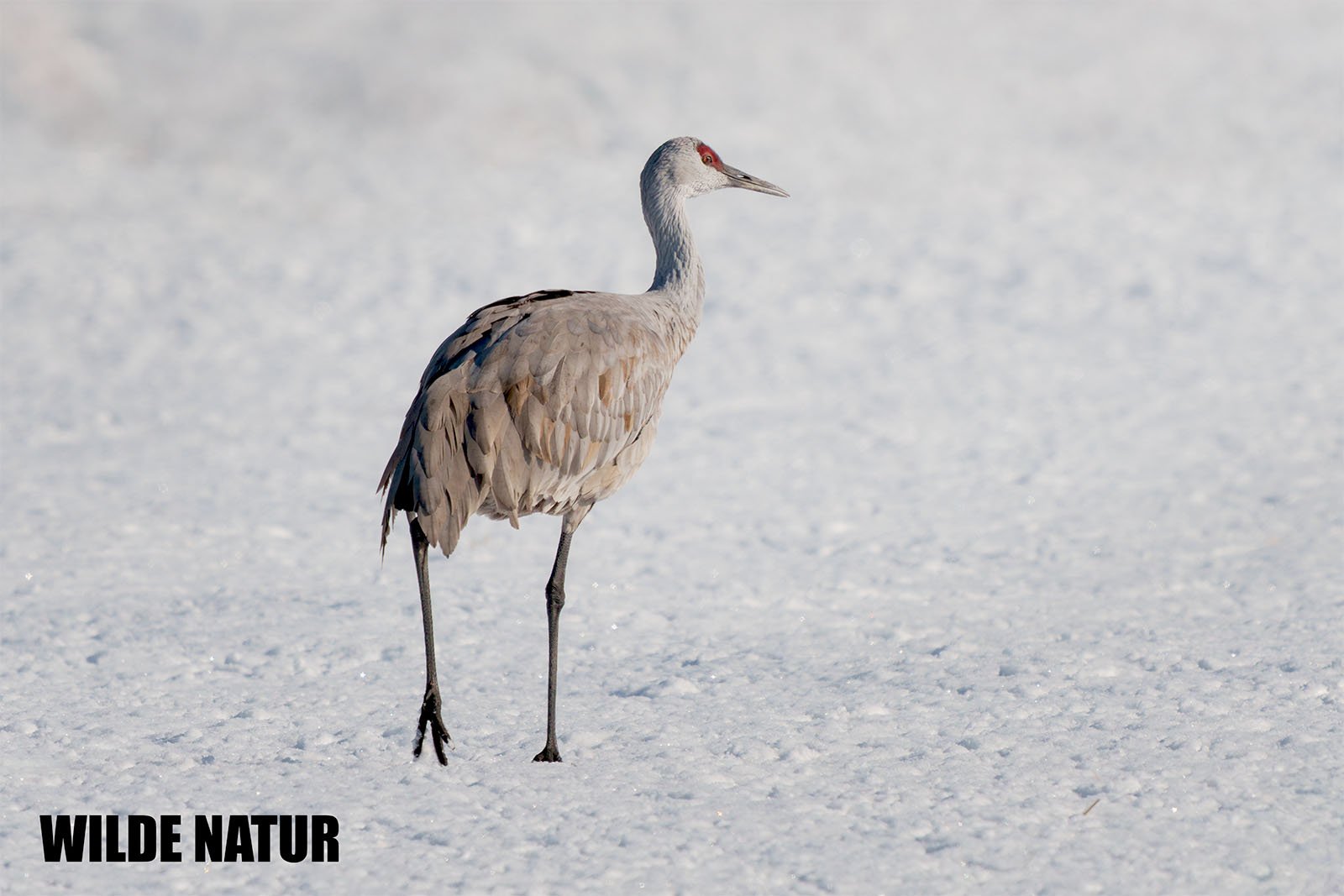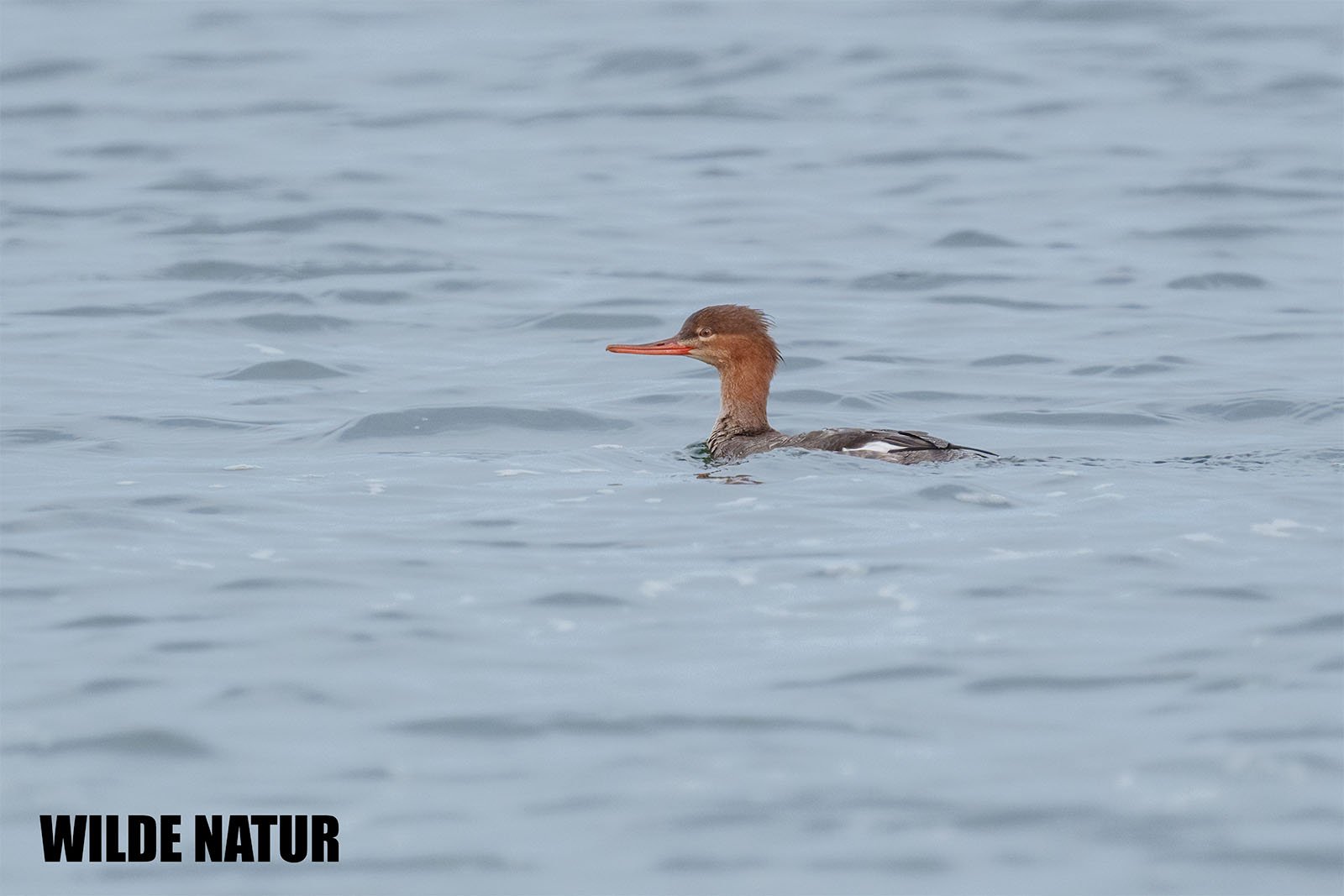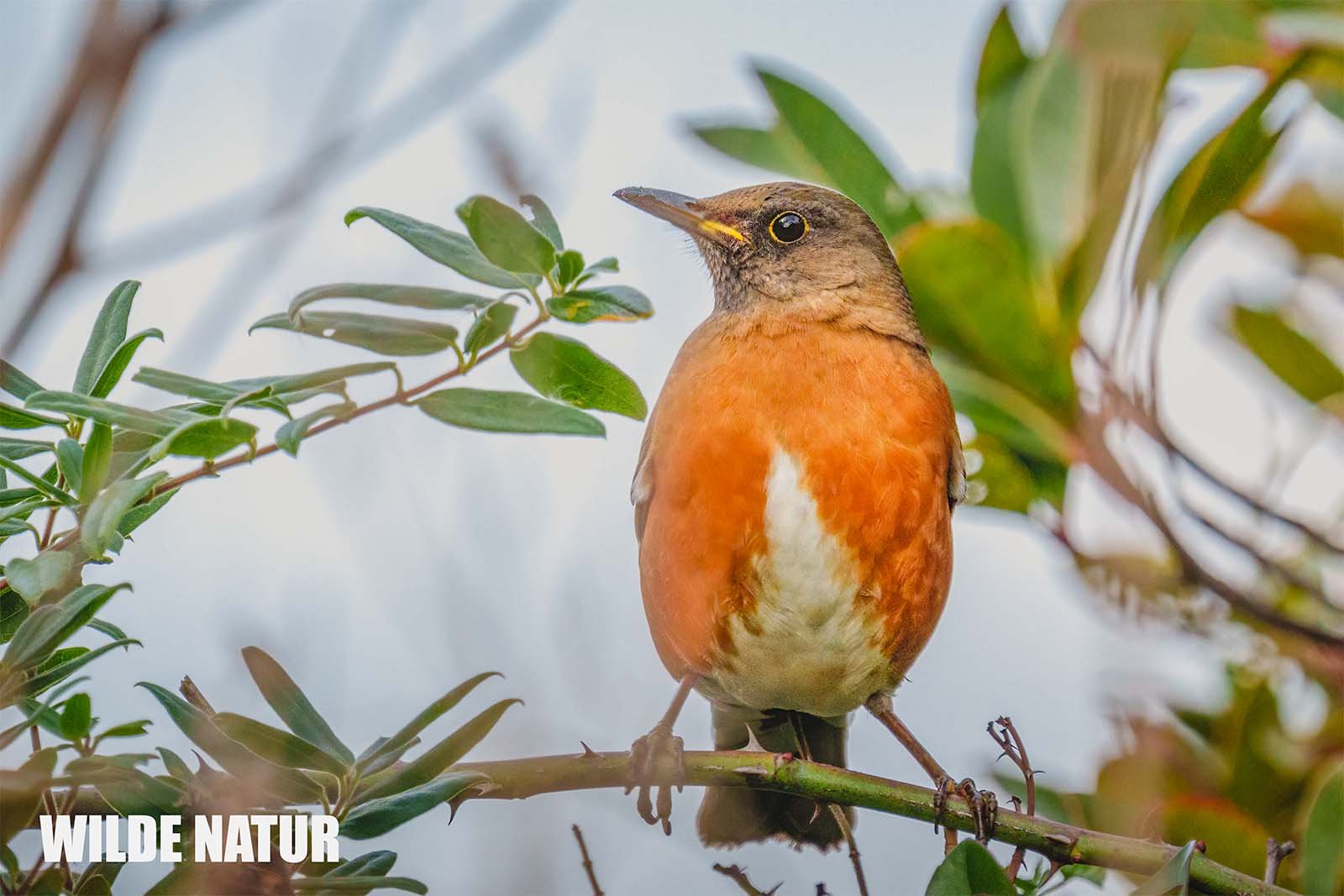Eurasian teal (Anas crecca)
Male Eurasian Teal (Anas crecca) with chestnut-brown head and green eye stripe on calm water
Eurasian Teal: The Smallest Duck with Shimmering Green Feathers
Discover the elegant Teal – its colorful plumage, life in wetlands, and fascinating behaviors. Perfect for bird lovers and nature enthusiasts!
Table of Contents
Here are the most important facts about the Teal:
- Size: 34–38 cm (13–15 inches)
- Features: Chestnut-brown head with green eye stripe (males), brown-speckled plumage for camouflage (females), green shimmering wing patch (both sexes)
- Habitat: Wetlands like lakes, marshes, rivers, and floodplains in Europe, Asia, and North Africa
- Breeding Season: April to June, 6–12 eggs per nest
- Diet: Aquatic plants, seeds, small insects, crustaceans, and mollusks
Eurasian Teals (Anas crecca) in flight over a reed field, male with chestnut-brown head and females in camouflaged brown plumage
Size
The Teal is one of the smallest ducks, measuring just 34–38 cm (13–15 inches) in length. Its compact body and small size make it easily recognizable.
Features
The Teal displays clear differences between males and females:
- Males: The chestnut-brown head with a shimmering green stripe running from the eye to the back of the head is its most striking feature. The body is gray with fine patterns, and the flanks are lighter. The green wing patch, bordered by white and black bands, is especially noticeable in flight.
- Females: The females have a brown-speckled plumage that provides excellent camouflage. They also have a green wing patch, but it is less vibrant than in males.
Both sexes have a slim, gray bill that completes their elegant appearance.
Detailed Description of Appearance
Plumage
- Males: Chestnut-brown head with metallic green eye stripe, gray body with fine patterns, and a lighter underside. The green wing patch is a standout feature, especially in flight.
- Females: Subtle brown tones create effective camouflage. The green wing patch is present but less vivid.
Bill
The Teal's short, slim, and flat bill is perfect for filtering food in water.
Eyes
The dark eyes give the Teal a lively and alert expression. In males, the contrast between the eyes and the chestnut-brown head enhances this effect.
Feet
The gray-green legs and wide webbed feet allow the Teal to swim efficiently and search for food in shallow water.
Habitat and Distribution
A Bird of Wetlands
Teals are found in wetlands such as marshes, lakes, riverbanks, and floodplains across Europe, Asia, and North Africa. These habitats provide both food and protection in dense vegetation.
Migration
In winter, they migrate to warmer regions, including Southern Europe, North Africa, and Southeast Asia.
Breeding
Nesting and Eggs
The breeding season lasts from April to June. The female builds a well-hidden nest in dense vegetation near water. She lays 6–12 cream-colored to light brown eggs.
Raising the Chicks
The eggs hatch after 21–23 days. The chicks leave the nest immediately to follow their mother. As precocial birds, they are active and independent from the start.
Diet
What Does the Teal Eat?
Teals are omnivores, feeding mostly by dabbling in shallow water. Their diet includes:
- Aquatic plants and seeds
- Algae
- Small invertebrates like insects, crustaceans, and mollusks
During the breeding season, protein-rich food is essential for the female and her chicks.
FAQ About the Teal
1. Where can I see Teals?
In wetlands like lakes, marshes, and riverbanks, especially in quiet areas with dense vegetation.
2. How can I tell males and females apart?
Males have a chestnut-brown head with a green eye stripe, while females have brown-speckled camouflage plumage.
3. What does the Teal eat?
Aquatic plants, seeds, insects, crustaceans, and mollusks.
4. When is the Teal's breeding season?
From April to June.
5. Why do Teal chicks leave the nest right after hatching?
As precocial birds, they are active and independent from birth, allowing them to survive better in their environment.
Shortlist – Color Features
- Males: Chestnut-brown head with green eye stripe, gray body plumage, green shimmering wing patch.
- Females: Brown-speckled plumage for camouflage, less vibrant green wing patch.
- Bill: Slim, gray.
- Eyes: Dark and lively.
The Teal is a small but striking duck, perfectly adapted to its wetland habitats. Whether it's the vibrant male or the well-camouflaged female, the Teal is a fascinating bird to observe. Next time you're near a lake or marsh, keep an eye out – you might just spot one of these elegant ducks!




